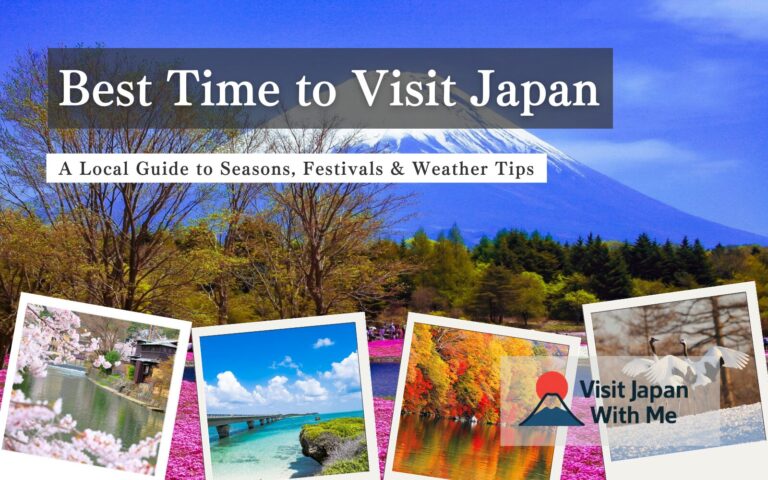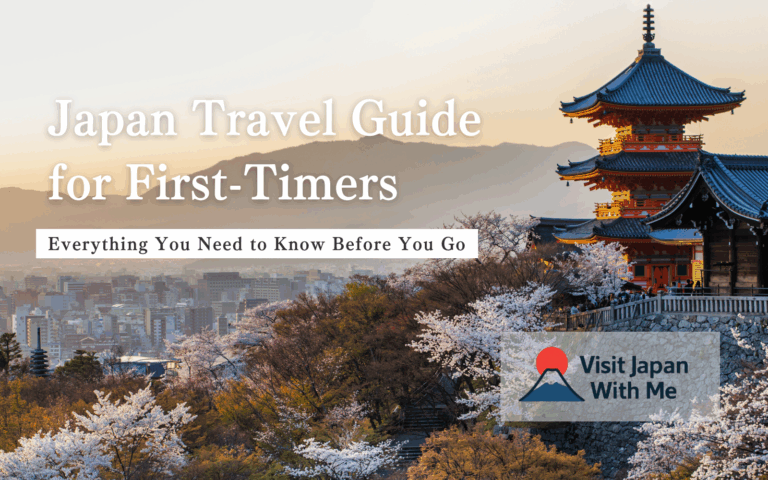Tokyo vs Kyoto: What Do You Want from Japan?
When people dream of Japan, they often picture very different things.
Some imagine neon-lit streets and high-speed trains. Others dream of quiet temples and bamboo forests.
If you’re planning your first trip, deciding between Tokyo and Kyoto can be tricky — but here’s a better way to choose:
👉 Ask yourself what you’re hoping to experience.
🗾 More Japan travel tips coming soon!
We’re a local team based in Japan, and we’re adding more helpful tips and real insider info soon.
Don’t miss out—bookmark this site and come back for fresh updates!
🔖 Bookmark Now🗾️ Where Are Tokyo and Kyoto?
Both Tokyo and Kyoto are on Japan’s main island, Honshu.
- Tokyo is on the eastern coast — a massive metropolis and Japan’s capital
- Kyoto is in the west — once the ancient capital, now known for temples and tradition
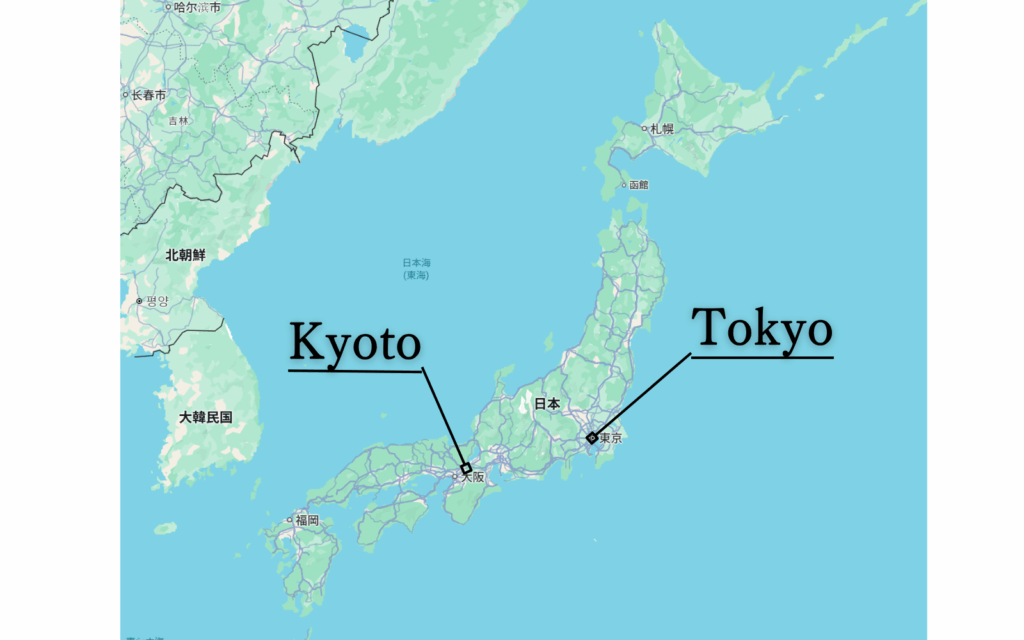
They’re about 450 km (280 miles) apart. The Shinkansen bullet train connects them in around 2.5 hours, making it easy to visit both on one trip.
Before we compare each city, let’s start with a more personal question: what kind of Japan are you curious to discover?
Some travelers are drawn to the bright, ever-moving rhythm of the modern city — trains, tech, trendsetting fashion. Others long for a slower, more spiritual experience — ancient temples, quiet gardens, and time to reflect.
Use the questions below to help guide your decision.
1. What does modern Japan feel like? → Go to Tokyo
If you imagine Japan as a place of futuristic cities, flashing lights, and technological marvels, then Tokyo is the version of Japan you’re looking for. It’s where modern life unfolds in high-speed, high-tech, and high-style.
Tokyo is where the future lives alongside daily life.
What you’ll experience:
- Shibuya Crossing & Shibuya Sky — recently opened and now one of Shibuya’s top attractions, it’s the perfect spot to take in Tokyo’s urban sprawl — also popular as a romantic date spot
- teamLab Planets — an immersive digital art museum in Toyosu, famously visited (and loved!) by Elon Musk
- Harajuku — eat rainbow cotton candy, browse vintage shops, and see wild fashion along Takeshita Street
- Odaiba — although slightly out of the way, it offers one of the best night views of Tokyo Bay
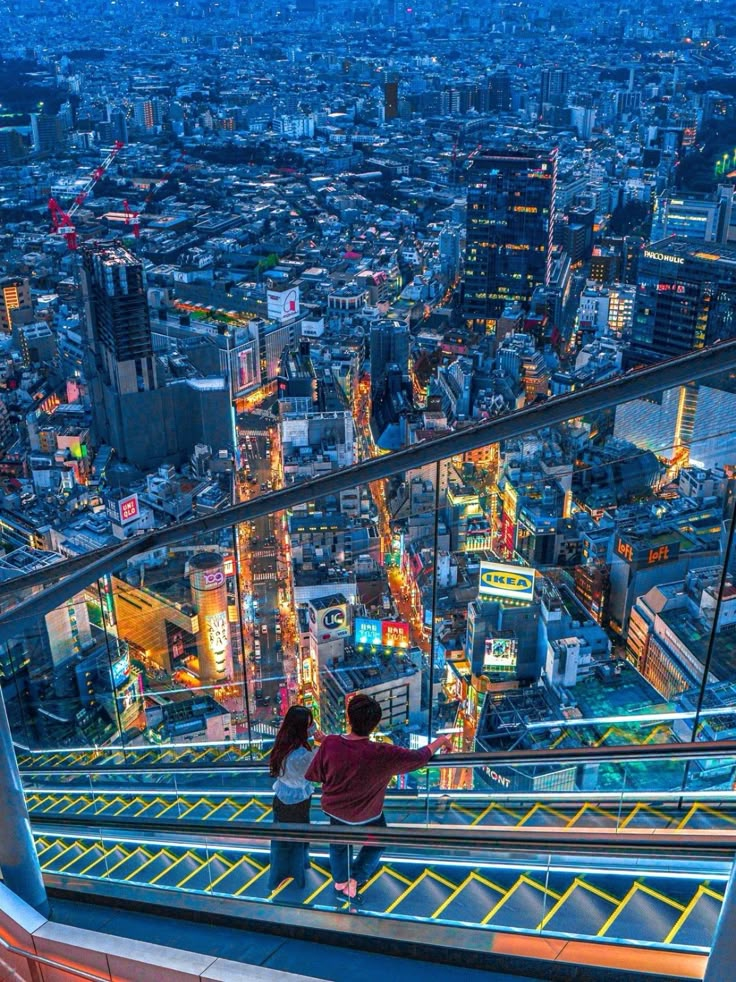
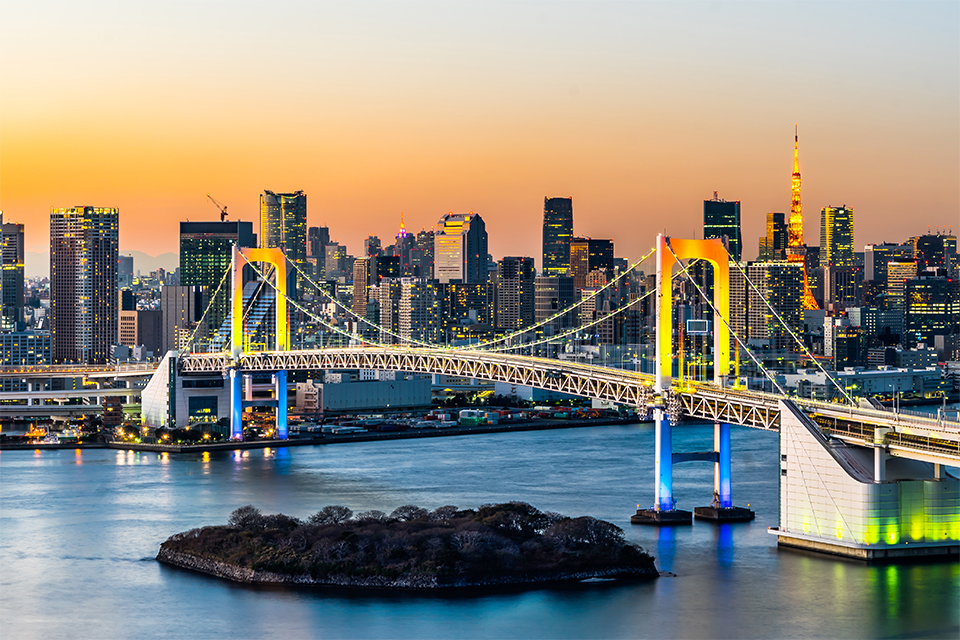

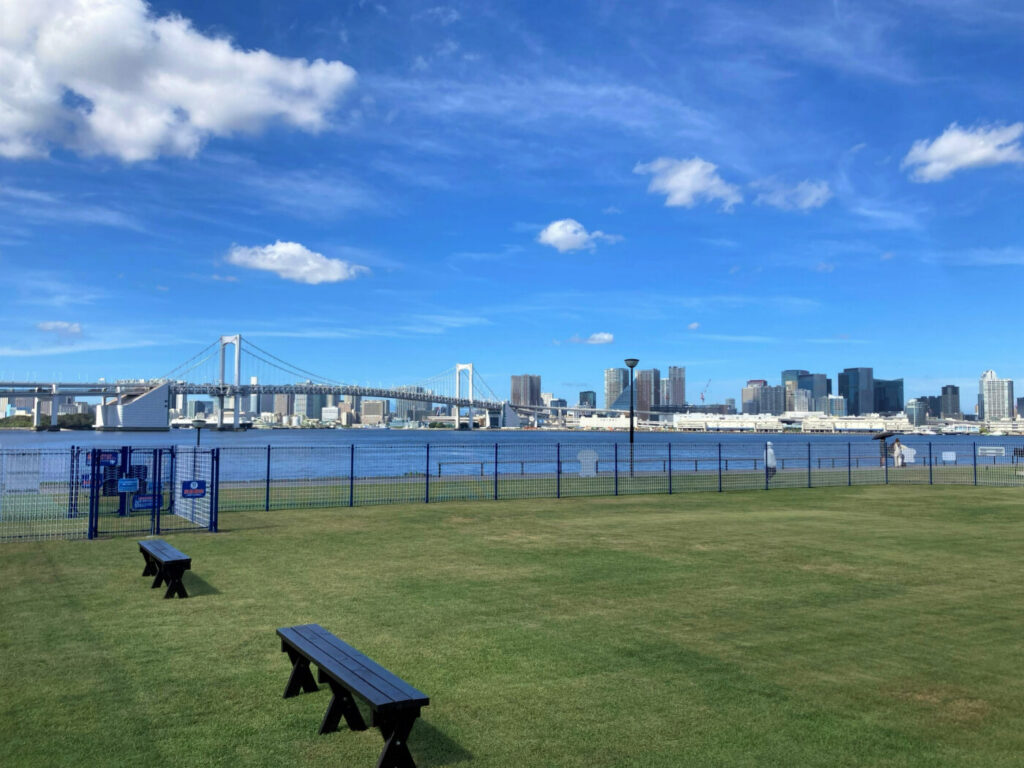
Odaiba and Toyosu, where teamLab Planets is located, are both part of the Tokyo Bay area and are close enough to explore in the same day. Between them lies Gururi Park — a peaceful waterfront path that offers, in my opinion, the best night view in Tokyo. If you have time, I really recommend taking a relaxing evening walk through this area.
2. “I want to connect with tradition and quiet beauty.” → Go to Kyoto
When people think of “old Japan,” they often picture Kyoto. With its centuries-old temples, delicate gardens, and quiet lanes, Kyoto offers a chance to slow down and feel connected to the cultural heart of Japan. It’s a city where beauty isn’t loud, but deeply felt.
Kyoto isn’t just beautiful — it’s deeply spiritual.
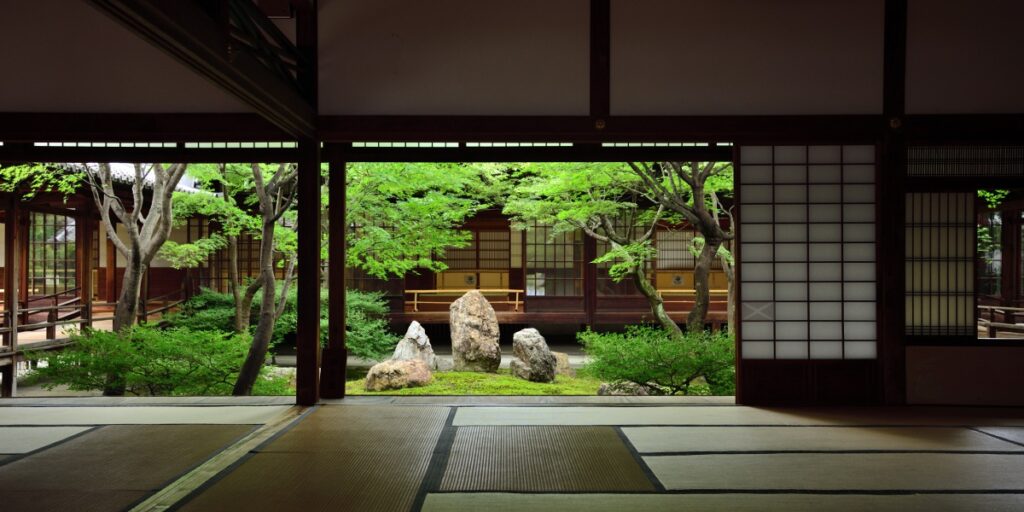
What you’ll experience:
- Fushimi Inari Shrine — walk through thousands of red torii gates that stretch into the forested hillside; it’s a place where many locals go to pray for success and good fortune
- Tea ceremony — learn mindful hospitality in a tatami room; a quiet and deliberate art form rooted in Zen philosophy
- Seasonal beauty — cherry blossoms in Maruyama Park and autumn leaves in Eikando show how much Japanese people value the seasons and fleeting beauty
- Philosopher’s Path — a peaceful walk along a canal with hidden temples and quiet moments; many Japanese writers and artists have found inspiration here
- Kiyomizu-dera — a wooden temple overlooking Kyoto from the hills; the wide stage offers breathtaking views and has long been a place of reflection for visitors

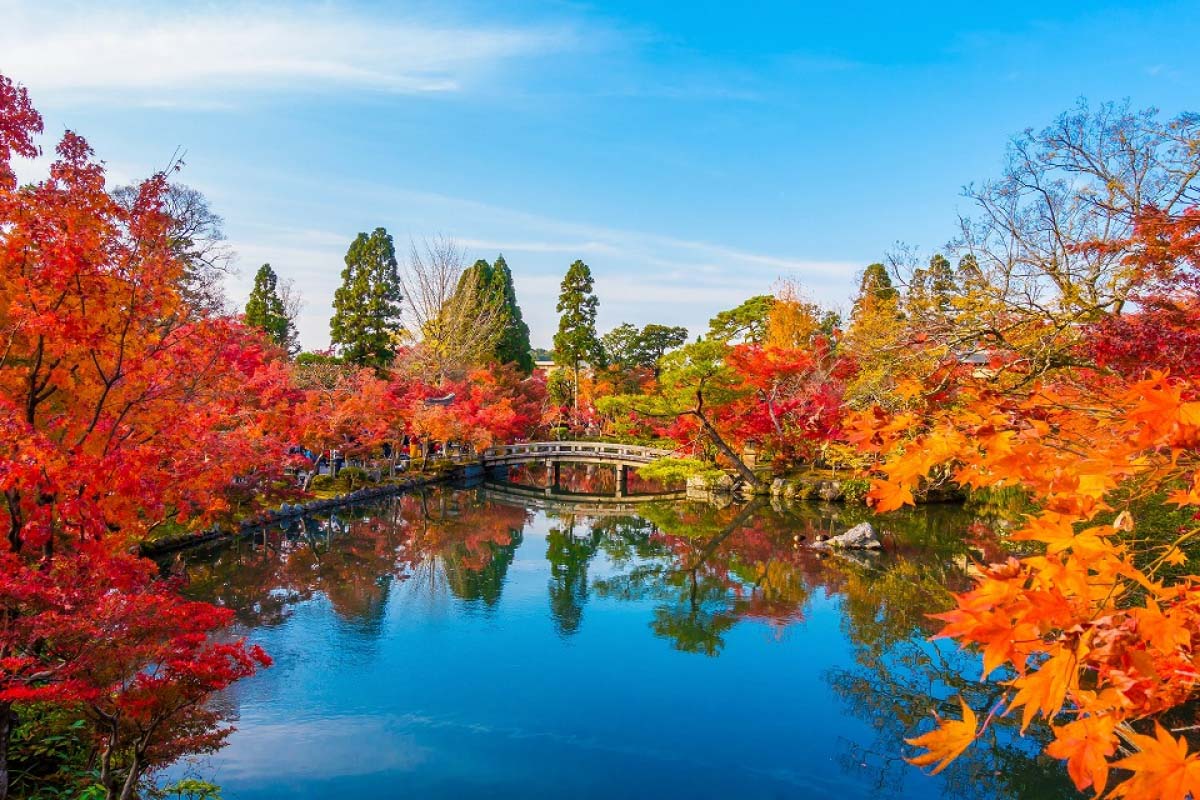

3. “I want amazing food — but also convenience.” → Go to Tokyo
To be fair, Kyoto also offers wonderful food — from elegant kaiseki meals to cozy noodle shops — and many restaurants there are welcoming to international visitors, with English menus and friendly service. However, when it comes to sheer variety, accessibility, and the ability to eat well at almost any budget, Tokyo truly stands out.
If you’re a food lover who doesn’t want to worry about reservations or language barriers, Tokyo is a dream come true. You’ll find everything from Michelin-starred sushi to vending-machine ramen, all accessible and delicious. Eating well in Tokyo doesn’t require planning — just curiosity and an appetite! You’ll find everything from Michelin-starred sushi to vending-machine ramen, all accessible and delicious. Eating well in Tokyo doesn’t require planning — just curiosity and an appetite!
- Street food at Tsukiji — yes, you can still eat there! Once home to Japan’s most famous wholesale fish market, Tsukiji is still known as a place to enjoy incredibly fresh seafood. Today, it has also become a lively street food destination where you can sample everything from tamagoyaki skewers and grilled scallops to wagyu skewers and matcha desserts — perfect for a casual walking lunch. Beyond sushi, you’ll find everything from tamagoyaki skewers to grilled seafood and matcha desserts — perfect for a casual walking lunch
- Ramen Street in Tokyo Station — 8 top-rated shops, easy even without Japanese — if you’re passing through Tokyo Station, be sure to try one
- Izakaya hopping in Ebisu — known for its welcoming vibe and stylish atmosphere, Ebisu is a favorite among locals and quietly gaining popularity with travelers who want a more authentic night out. While areas like Shinjuku’s Omoide Yokocho are more iconic for tourists, Ebisu offers a more relaxed, local feel.
- Pastry shops & sweets — Tokyo is a paradise for beautifully crafted sweets. From seasonal fruit parfaits to French-style patisseries with a Japanese twist, you’ll find desserts that are not only delicious but also works of art. These cute, photogenic treats reflect Tokyo’s love of detail and presentation — and make for a fun, tasty break between sightseeing.

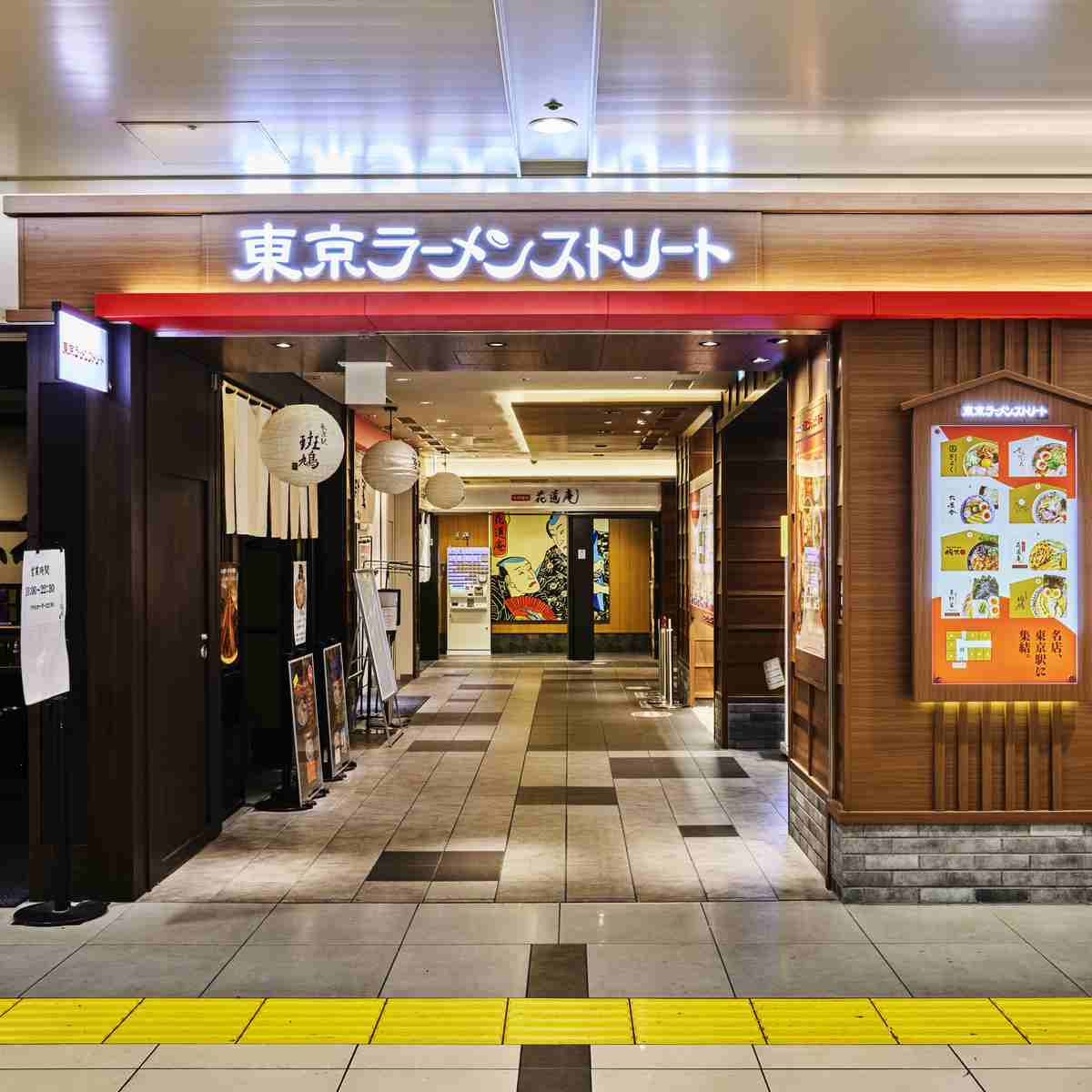
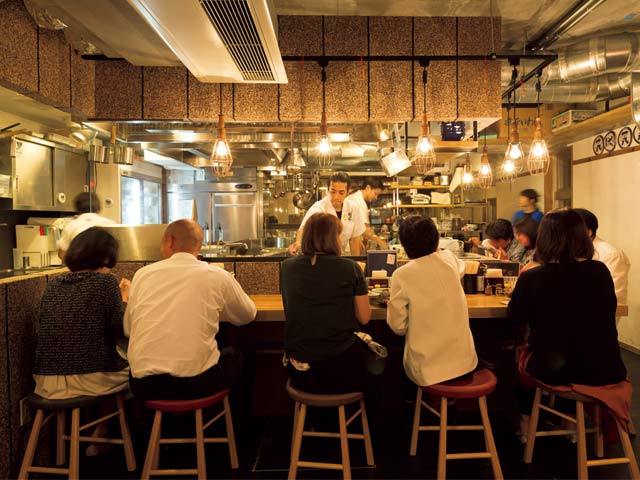
4. “I want to wander old streets and feel transported.” → Go to Kyoto
Some of Kyoto’s greatest charm lies in its streets. Walking through the city can feel like stepping into a time capsule — lanterns glowing softly in the evening, wooden buildings with tiled roofs, and the distant sound of temple bells. For many Japanese people, Kyoto represents the essence of traditional Japan. If you want to feel connected to the past just by strolling around, this is where to go.
- Gion — geiko sightings, lantern-lit alleys, and teahouses; walking here feels like stepping into a living postcard of old Japan
- Higashiyama — stone-paved lanes from Kiyomizu-dera to Yasaka Shrine, lined with shops selling traditional sweets and crafts
- Arashiyama — bamboo grove, riverboats, and monkey park; a favorite for both families and photographers, especially in autumn
- Kurama & Kibune — mountain escapes with forest trails and riverside dining; a perfect half-day getaway from central Kyoto, especially refreshing in the summer
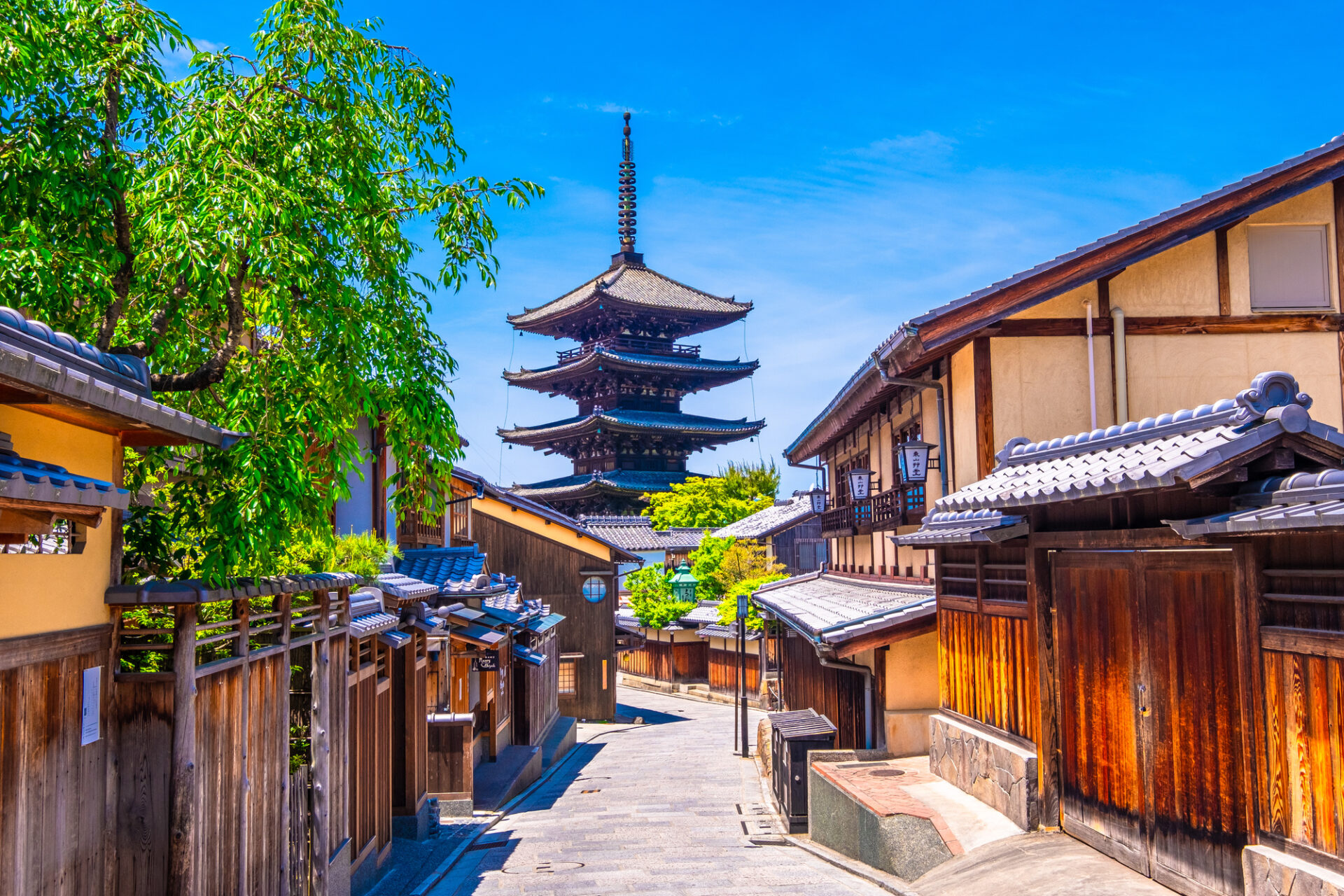
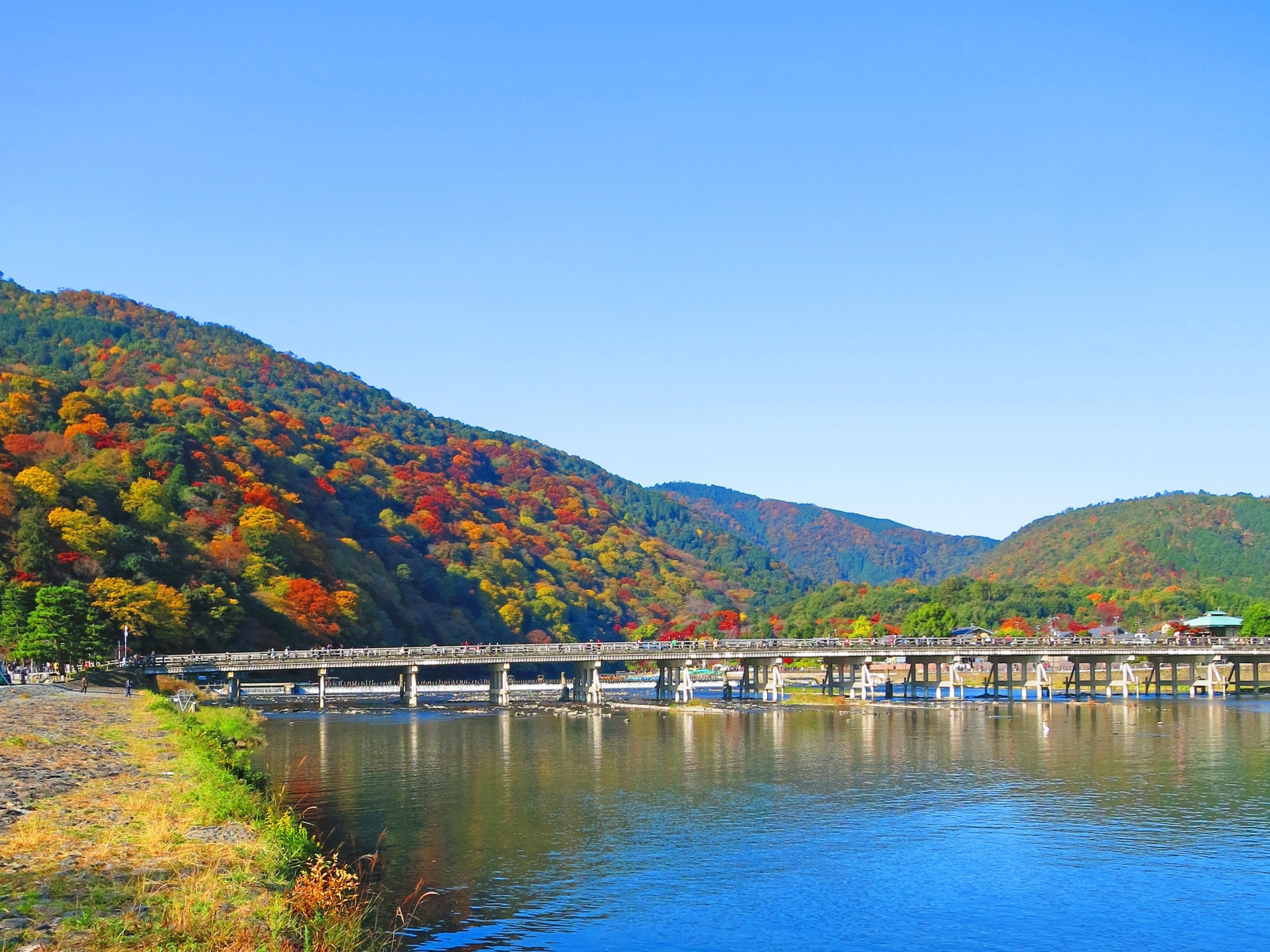

Can’t Decide? Combine Both
Still can’t decide between Tokyo and Kyoto? You’re not alone — and the good news is, you don’t have to choose just one.
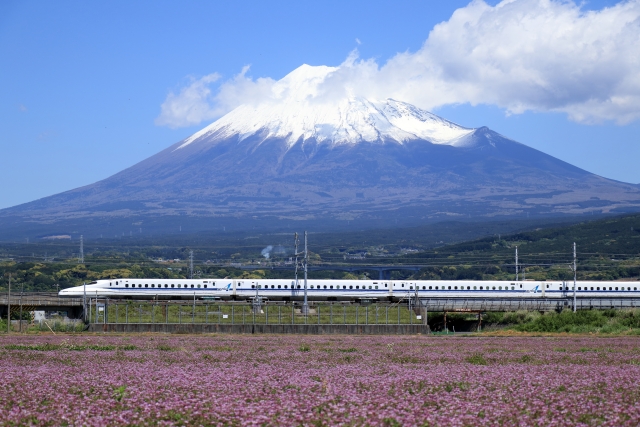
The best first trip includes both cities, and they’re only 2.5 hours apart by bullet train (one-way ticket costs around ¥13,000 / approx. 85 USD). With 7–10 days, you can easily experience both the electric energy of Tokyo and the timeless beauty of Kyoto:
- 4 days in Tokyo (arrival, urban fun, day trips)
- 3 days in Kyoto (temples, nature, culture)
💡 Tip: If you’re planning to visit both cities and take additional train rides, purchasing a 7-day Japan Rail Pass is often the most cost-effective option. A one-way ticket between Tokyo and Kyoto alone costs around ¥13,000 (approx. 85 USD), so the pass quickly pays for itself.
A 7-day Japan Rail Pass costs around ¥50,000 (approx. 330 USD) and covers unlimited travel on most trains, including the Shinkansen. If you’re planning to visit both cities and perhaps make a day trip or two, it often works out cheaper and far more convenient than buying separate tickets.
Final Summary: What You Can Do in Each City
Still unsure which city suits you best? Here’s a quick side-by-side recap to help you decide. Whether you’re drawn to the buzz of the city or the calm of history, each destination offers something uniquely memorable.
What You Can Do in Tokyo:
- Experience futuristic art and tech
- Explore youth culture and street fashion
- Eat casual, delicious, affordable food everywhere
- Visit diverse neighborhoods with their own personalities
- Take day trips to Mt. Fuji, Yokohama, and more
What You Can Do in Kyoto:
- Discover Japan’s spiritual and cultural heritage
- Walk through temples, shrines, and historic districts
- Enjoy refined, traditional meals in peaceful settings
- See stunning seasonal nature and gardens
- Stay in ryokan and try slow, mindful travel
What Kind of Japan Do You Want?
In the end, it comes down to what you’re hoping to feel, see, and remember.
Are you drawn to the future, or to the past? To the buzz of a city, or the calm of a temple path?
Whether it’s Tokyo’s energy or Kyoto’s elegance, your first trip to Japan will leave you with memories that last a lifetime.
Let’s explore Japan together
🍁 Visiting Japan in Autumn? Don’t Miss This!
Japan’s fall foliage is world-famous — but do you know where and when to see it best?
👉 Best Places to See Autumn Leaves in Japan (Koyo Guide for 2025)
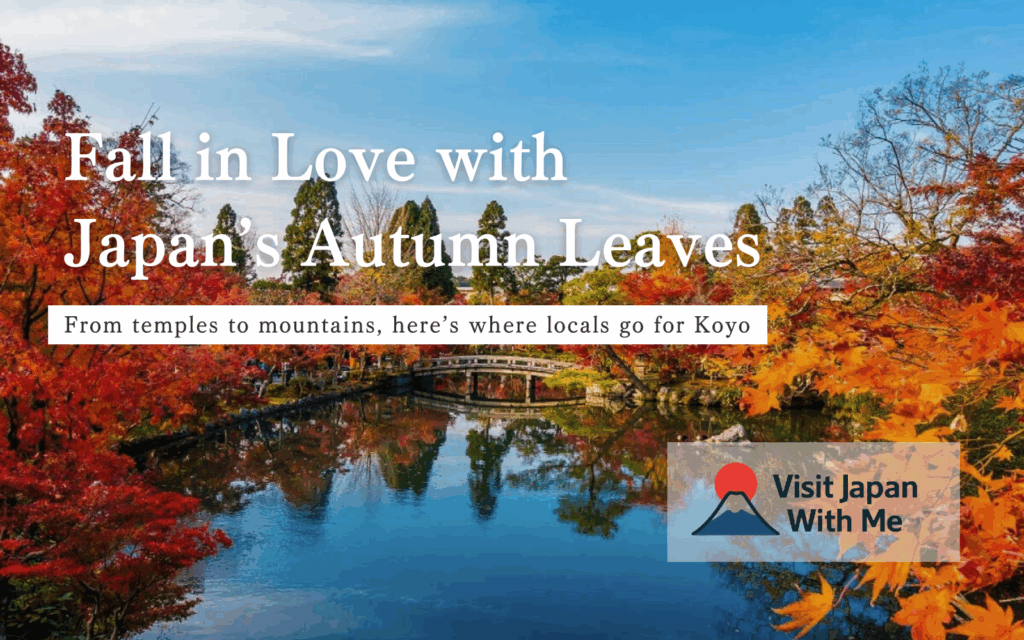
🍁 Best Autumn Leaves in Japan
From Tokyo’s glowing gardens to Kyoto’s temple trails, this guide shows you where and when to see Japan’s best fall foliage—with tips on timing, travel, and hidden gems.
Plan your perfect Koyo trip for 2025.
🗾 More Japan travel tips coming soon!
We’re a local team based in Japan, and we’re adding more helpful tips and real insider info soon.
Don’t miss out—bookmark this site and come back for fresh updates!
🔖 Bookmark Now

